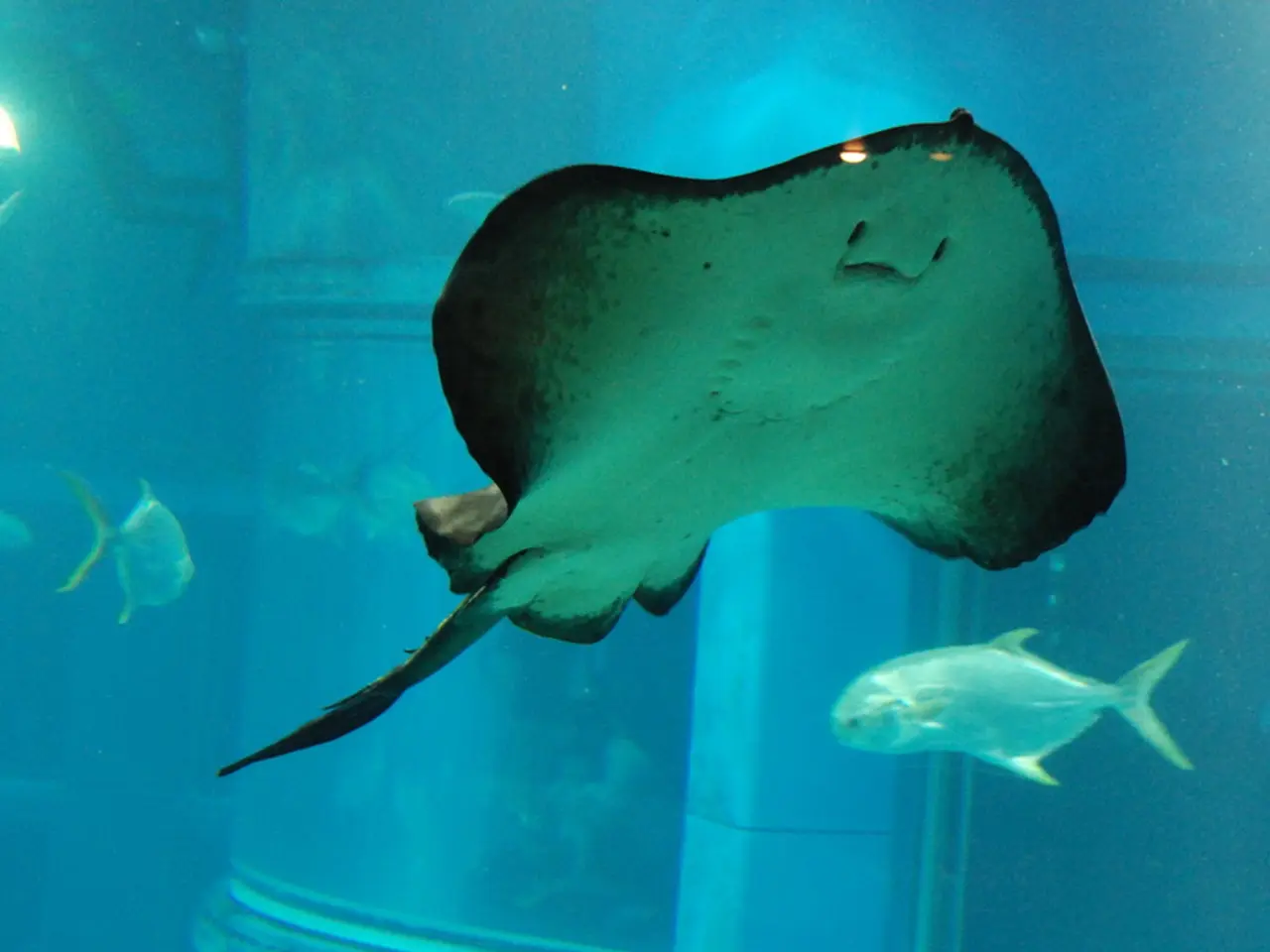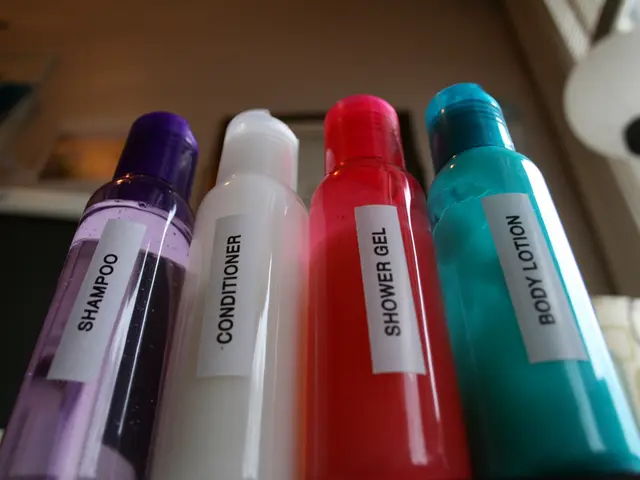Easy Methods for Introducing Saltwater Fish Species
In the captivating world of saltwater aquariums, introducing new fish can be an exciting yet delicate process. To ensure a smooth transition and maintain a healthy ecosystem, it's essential to follow best practices for acclimating new fish.
First and foremost, temperature acclimation is crucial to reduce stress caused by changing water temperatures. Place the sealed bag with the new fish floating on the aquarium surface for about 15-20 minutes. This equalizes the temperature in the bag with that of the tank, avoiding sudden thermal shock.
For sensitive species, drip acclimation is highly recommended. Transfer the fish and water from the bag into a clean container or bucket, and slowly drip tank water into this container over 30-60 minutes to gradually adjust the fish to the tank’s water chemistry and salinity. This can be done using airline tubing with a clamp to control the drip rate.
When transferring fish, it's recommended to use an acclimation box or rinse them in clean saltwater heated to the correct temperature. However, do not use water from the store bag directly to add to your tank, as it might contain parasites, diseases, or medications harmful to your established aquarium community.
Quarantine is a process of isolating new fish in a separate aquarium for observation and medication to prevent transferring pathogens into the display aquarium. Even if the display aquarium is brand-new, quarantine is necessary. Maintain extra clean water, low light, and low feeding during quarantine. A typical quarantine process takes 15 days from the date the fish are added to the QT tank.
Following the quarantine process, use a "fish rinse" to reduce the risk of transferring pathogens or residual medication from the QT when moving the fish into the display aquarium.
When it comes to stocking your aquarium, it's essential to follow a stocking order and timing. Add peaceful fish first and more aggressive species last, and wait at least a week between new additions to allow the tank to stabilize biologically.
Lastly, observe fish post-acclimation for signs of stress or disease, such as color loss, erratic swimming, or fin damage. Early detection can help prevent major issues.
In addition, prophylactic medications are the best way to prevent the introduction of pathogens. Some retailers offer quarantine as a service, observing and medicating the fish before shipping them to you, reducing the chances of disease being carried into your aquarium.
Captive-bred fish are more suitable for life in an aquarium, have higher rates of long-term survival, and are less likely to transfer diseases and parasites. Sourcing healthy fish is crucial for successfully stocking an aquarium. This can be achieved by finding a reputable retailer, either local or online, known for providing healthy livestock.
By following these best practices, you can ensure a slow, steady approach that reduces stress and supports a stable, healthy saltwater aquarium ecosystem. Robert, with over 25 years of experience keeping aquariums and 18 years as a professional content creator in the saltwater aquarium industry, provides digestible content that makes reefing fun and easy.
In the realm of home-and-garden hobbies, maintaining a saltwater aquarium is an enriching lifestyle choice that involves careful practices. To extend this care to your furry companions, it's recommendable to quarantine new pets in separate sections to prevent the transfer of pathogens, ensuring a healthier environment for all.




